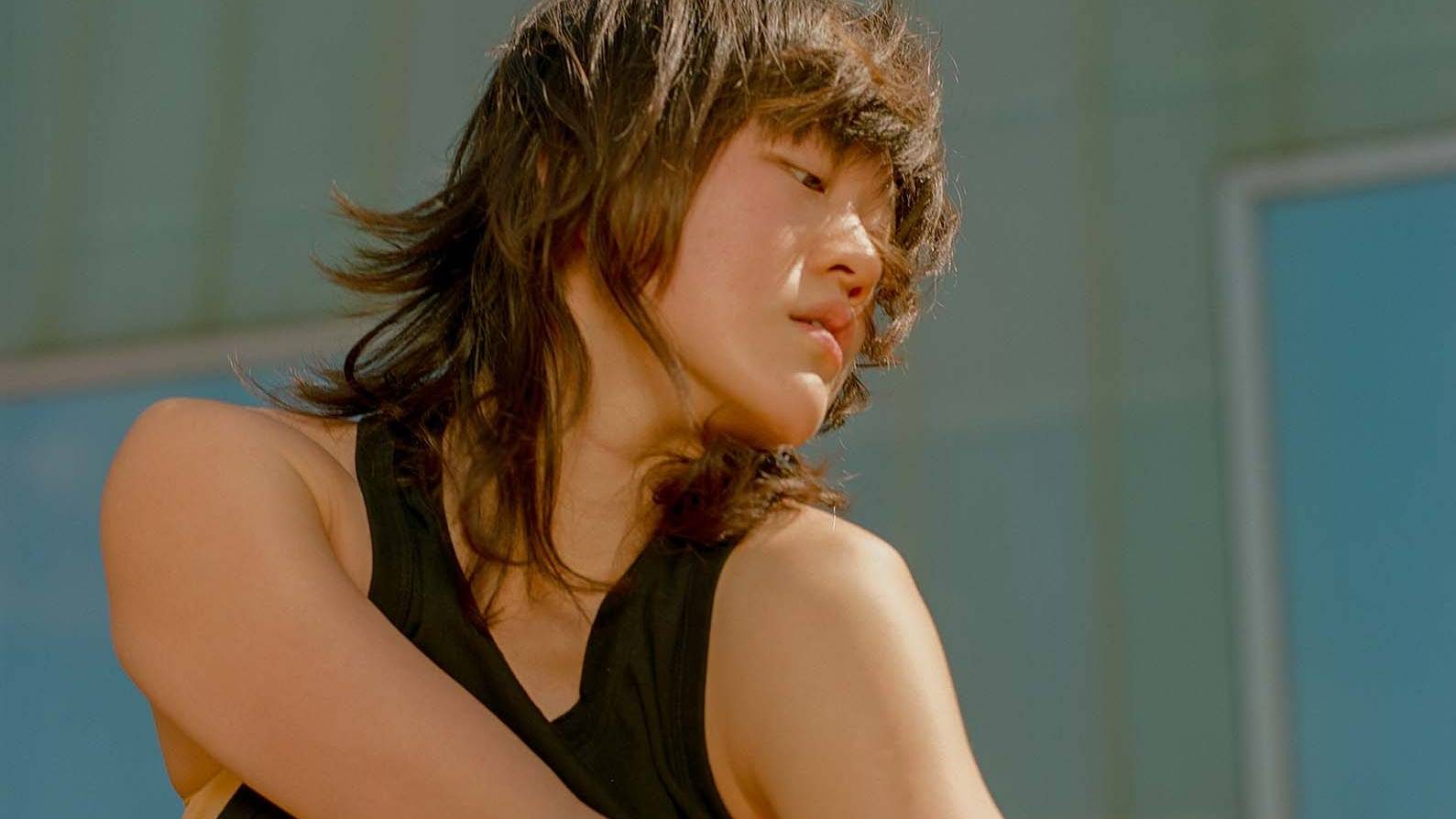
“Everything can be contemporary dance, anything can inspire you”: Dancer Ya Shu on defying labels and limits
Reflecting on her three years at Trinity Laban, Ya Shu talks about imperfection, creative collaboration, and the power of keeping an open mind.
International Ballroom Dancing: this is how Ya Shu’s performance journey began in Shenzhen in 2012. Studying under Zhang Ru, Ya Shu cultivated a love for emotional expression through movement. Before coming to Trinity Laban, she had never trained in contemporary dance or ballet. Yet she has now performed with the Alleyne Dance Company, collaborated with the Royal College of Art in their graduation projects and a performance at the Tate Modern, completed her BA (Hons) in Contemporary Dance, and started her own art and movement company, Zhouxin Theater. She begins her MA in Dance Performance at Trinity Laban this September. We spoke to Ya Shu about exploring contemporary dance and how the art form evades definition.
What first drew you to contemporary dance?
I did international ballroom dancing for ten years. When my partner and I separated, I still wanted to dance, but I needed to find a way that I could dance by myself. That’s why I chose contemporary dance. When I separated from my partner, I felt quite lost, I didn’t know what I needed to do next because ballroom dancing is all about a collaborative partnership. If you lose the connection with your partner, you can’t dance with them anymore. I knew one contemporary dance teacher in Beijing. She studied in France and really recommended that I go to Trinity Laban. Trinity Laban is well-known and popular in China, so I’d heard a lot about it. I thought I should apply because this teacher told me that contemporary dance has no labels and no limits: everyone can do contemporary dance. So I just thought, why not? I wanted to give it a try.

You’ve just completed the final year of your BA at Trinity Laban. Looking back, what were some of the stand-out experiences?
I’ve improved a lot during my time at Trinity Laban, both physically and mentally. I’d never done ballet or contemporary dance before starting at Trinity Laban. Since coming here, I’ve felt my technical skills improve hugely. The conservatoire has a really strong dance education system, and it really helps students build their skills. There are lots of opportunities – several repertory projects, commissioned works, and we collaborate with very creative choreographer-artists. I’ve learnt so much from them. I feel like Trinity Laban provides a platform for us to learn a different art that widens our worldview.
What are some tips you have for international students applying to Trinity Laban?
Just be yourself. In the Chinese education system, we’re really scared to show when we’re not very good at something. You end up hiding aspects of yourself, only showing what you’re good at. But I think imperfection is what contemporary dance needs. We need to try to explore it and find ourselves within it. In the world of contemporary dance, you don’t need to be perfect, you don’t need to be good: you need to be open-minded and creative.

Don't
tag
it.
During your time at Trinity Laban, how did you see contemporary dance interacting with other art forms?
I’m really interested in working with different art forms. I’ve collaborated with students from the Royal College of Art: we did a lot of performance art and some filmed dance. At Trinity Laban, we participate in the CoLab Festival every year with students from the Music and Musical Theatre Departments. The experience has been fascinating, as I think dance doesn’t need to be confined to itself, it can be many different things at the same time. This idea inspired me to create my own art company. My aim is to work with a multi-disciplinary art form with no label and no limits. This is the essence of contemporary dance. My company, Zhou Xin Theatre, refers to the central idea of the universe and embraces all phenomena. It brings together the voices that artists want to convey and allows them to become an ideal space that carries an ideal entity, being one body of substance.
Trinity Laban inspired me to create this dance company because I’ve recently been preparing for my big project which I’d like to do in the future. It’s a huge human installation, I’d love to put it in a gallery. I designed 108 different movements, revolving around the Cunningham and Graham techniques, and adopted a modern dancer’s perspective on how to combine the profession with sculpture. For the installation itself, I used traditional Chinese materials: bamboo (wicker work) and rice paper. I’m excited to work with this in the future.
What are some common misconceptions about contemporary dance that you’d like to challenge?
Contemporary dance can be everything. Don’t tag it. For example, we’re having a conversation now – for me, that’s contemporary dance. It’s very interesting, it’s a theatrical way of portraying the art form. I don’t even know what contemporary dance is for now. I think it’s very hard to find an exact definition. Be open-minded, accept everything. Everything can be contemporary dance, anything can inspire you.
